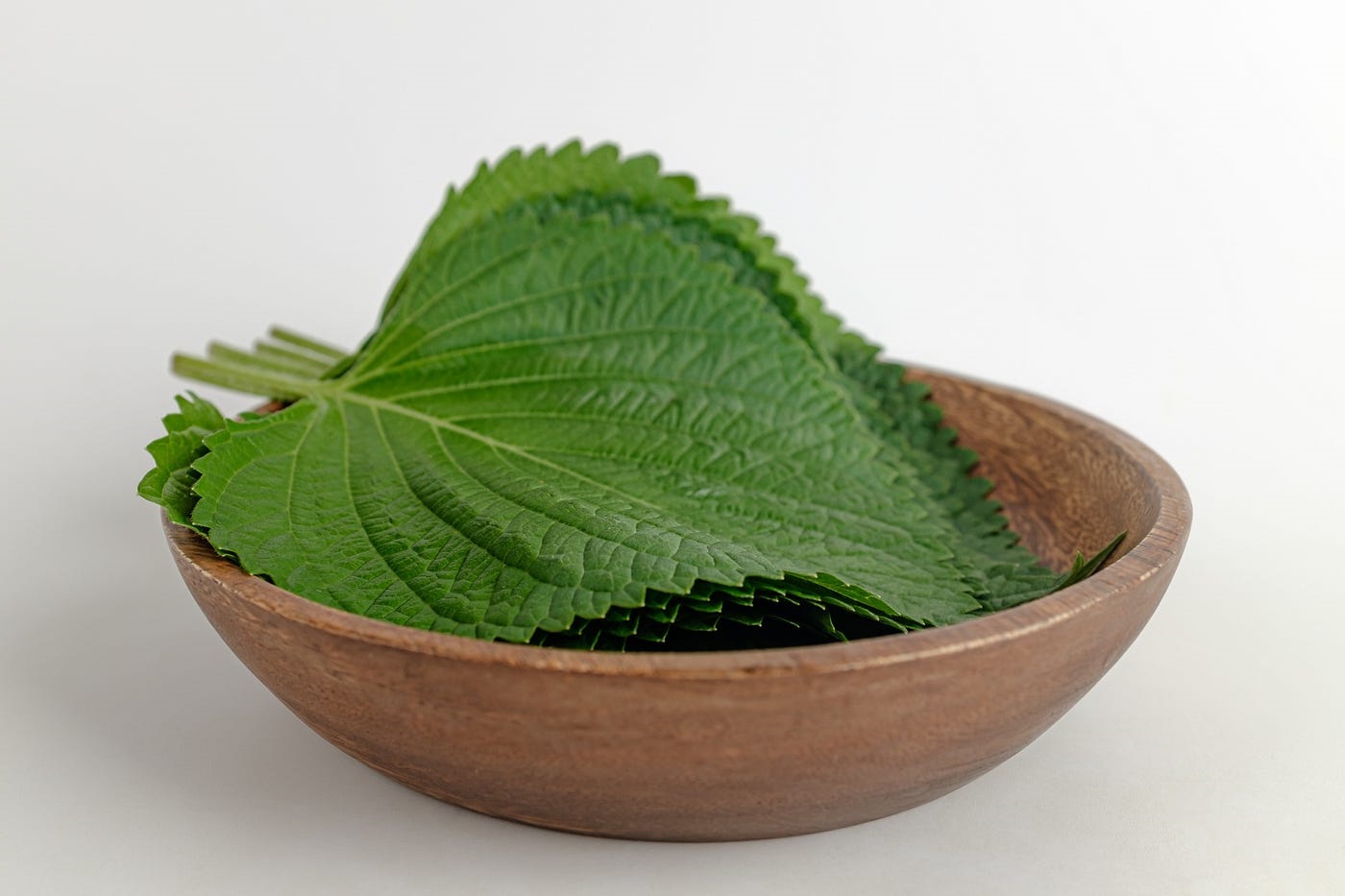
Perilla is an herb that might not be on everyone's radar, but it packs a punch in both flavor and health benefits. Originating from Asia, this leafy green has been a staple in many traditional dishes and remedies. But what makes perilla so special? Perilla leaves, often used in Korean and Japanese cuisine, offer a unique taste that’s a mix of mint, basil, and anise. Beyond its culinary uses, perilla is rich in omega-3 fatty acids, antioxidants, and anti-inflammatory properties. Whether you're a foodie looking to spice up your meals or someone interested in natural health boosters, perilla has something for you. Ready to learn more? Let's dive into 15 fascinating facts about this versatile herb!
Key Takeaways:
- Perilla, also known as shiso, is a versatile herb with rich Asian roots and two main varieties: green and purple. It's used in Korean kimchi, Japanese sushi, and Vietnamese cuisine for its unique flavor.
- Perilla is not only delicious but also packed with nutrients like omega-3, vitamins, and minerals. It has medicinal uses in traditional Chinese medicine, such as anti-inflammatory properties and aiding respiratory and digestive health.
What is Perilla?
Perilla, often known as shiso in Japan, is a herb belonging to the mint family. It’s widely used in Asian cuisine and traditional medicine. Let's dive into some fascinating facts about this versatile plant.
Origins and Varieties
Perilla has a rich history and comes in various types. Here are some intriguing details about its origins and varieties:
-
Asian Roots: Perilla originated in East Asia, particularly in China, Korea, and Japan. It has been cultivated for centuries for its culinary and medicinal properties.
-
Two Main Types: There are two primary varieties of perilla: Perilla frutescens (commonly used in Korean and Chinese cuisine) and Perilla frutescens var. crispa (popular in Japanese dishes).
-
Color Variations: Perilla leaves can be green or purple. The green variety is often used in salads and garnishes, while the purple type is favored for pickling and dyeing.
Culinary Uses
Perilla's unique flavor makes it a staple in many Asian dishes. Here are some ways it’s used in cooking:
-
Korean Kimchi: In Korea, perilla leaves are often used to wrap kimchi, adding a distinct flavor to the fermented dish.
-
Japanese Sushi: Shiso leaves are a common ingredient in sushi, providing a fresh, aromatic taste that complements the fish.
-
Vietnamese Cuisine: Perilla is used in Vietnamese dishes like bánh xèo (crispy pancakes) and various noodle soups for its peppery flavor.
Nutritional Benefits
Perilla is not just tasty; it’s also packed with nutrients. Here’s what makes it a healthy addition to your diet:
-
Rich in Omega-3: Perilla seeds are an excellent source of alpha-linolenic acid (ALA), a type of omega-3 fatty acid that supports heart health.
-
Antioxidant Properties: The leaves contain rosmarinic acid, which has strong antioxidant effects, helping to protect cells from damage.
-
Vitamins and Minerals: Perilla is rich in vitamins A, C, and K, as well as minerals like calcium and iron, contributing to overall health.
Medicinal Uses
Traditional medicine has long recognized perilla's healing properties. Here are some medicinal uses:
-
Anti-inflammatory: Perilla oil is known for its anti-inflammatory properties, making it useful in treating conditions like arthritis and asthma.
-
Respiratory Health: In traditional Chinese medicine, perilla is used to treat respiratory issues, including coughs and colds.
-
Digestive Aid: The herb is believed to aid digestion and alleviate symptoms of indigestion and bloating.
Growing Perilla
Interested in growing your own perilla? Here are some tips to get you started:
-
Easy to Grow: Perilla is relatively easy to cultivate. It thrives in well-drained soil and requires minimal care, making it perfect for home gardens.
-
Sunlight Needs: This herb prefers full sun but can tolerate partial shade, making it versatile for different garden settings.
-
Harvesting Tips: Harvest perilla leaves when they are young and tender for the best flavor. Regular harvesting encourages new growth, ensuring a continuous supply.
The Final Word on Perilla
Perilla is more than just a pretty plant. From its culinary uses to its medicinal properties, it's a versatile addition to any garden or kitchen. Packed with antioxidants and anti-inflammatory compounds, perilla can boost your health in surprising ways. Its leaves, seeds, and oil all offer unique benefits, making it a true powerhouse in the plant world. Whether you're looking to spice up your meals or find natural remedies, perilla has something to offer. So next time you see this vibrant plant, remember it's not just a garnish. It's a nutritional gem waiting to be explored. Give perilla a try and see how it can enhance your life.
Frequently Asked Questions
Was this page helpful?
Our commitment to delivering trustworthy and engaging content is at the heart of what we do. Each fact on our site is contributed by real users like you, bringing a wealth of diverse insights and information. To ensure the highest standards of accuracy and reliability, our dedicated editors meticulously review each submission. This process guarantees that the facts we share are not only fascinating but also credible. Trust in our commitment to quality and authenticity as you explore and learn with us.


